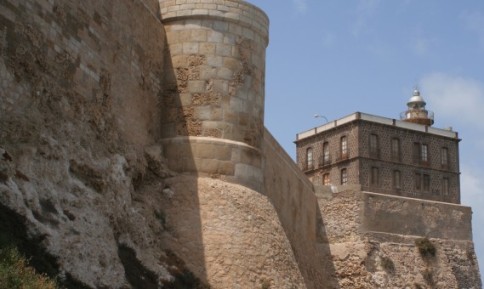Melilla has unique sights and attractions thanks to the historical influence of several cultures that have made Melilla, a city to be visited.
Northwest of Africa, Melilla was founded by the Phoenicians in the seventh century BC and since then has hosted in harmony with Christians, Muslims, Jews and Hindus. This cultural melting pot of Melilla has a unique city that highlights its monumental, historical and cultural heritage.
The walled enclosure
Melilla has a walled city that was built between the sixteenth and nineteenth centuries that brings various architectural styles, with Gothic, Renaissance and neoclassical details. The walls have been the symbol of strength and armor with which the inhabitants of Melilla took shelter of the dangers of being a path between continents. There are four walled enclosures that have towers, moats, bastions and a complex maze of galleries.
This area has been declared a Historic-Artistic and Cultural Interest. Inside it you can find places like the Governor’s House, the Municipal Museum of Archaeology and History, the Immaculate Conception Church, Del Rey Hospital or Conventico Caves.You can also visit permanent exhibitions such as Egypt, electricity or car.
Modernism
From the nineteenth century, Melilla living a golden age which manifests itself in a modern city. One thing to note is that this city is, after Barcelona, one that has a higher representation of modernist art in Spain and the main modernist central Africa. Its have cataloged about 500 modernist buildings spread over an area which has been declared of cultural interest also.
Emphasize the Tortosa House, Melul and the Reconquest House, all buildings of the famous architect Enrique Nieto (disciple of Gaudi). Also Art Deco buildings and even reaches the various religions of the city as the Synagogue of Yamin Benarroch, Central Mosque or Church of the Sacred Heart of Jesus are included within the modernist movement present in Melilla. Melilla has become a gifted city of elegance and serene, while vigorous riddles hidden in the recesses of each of its streets.

